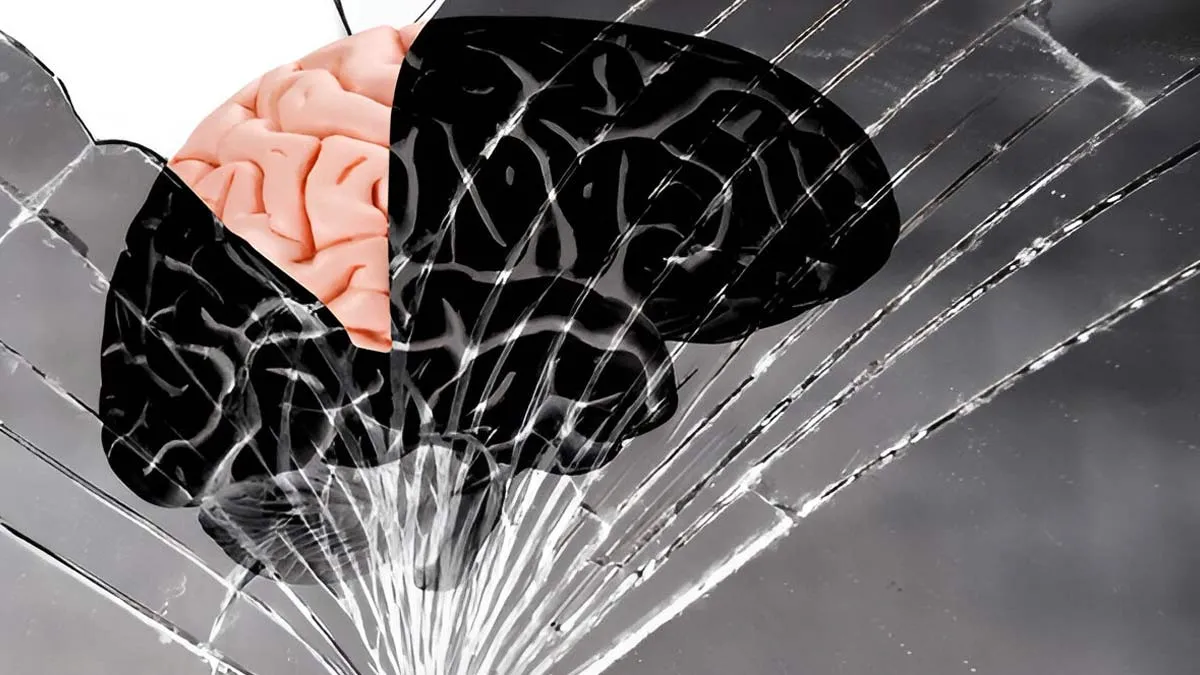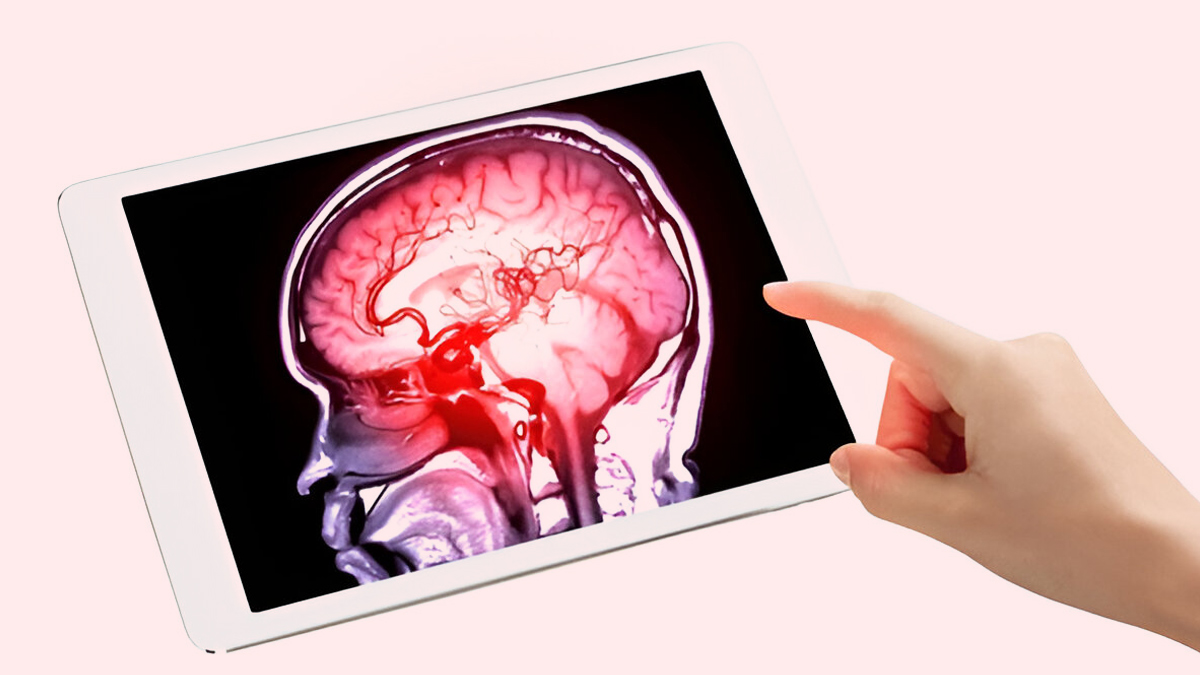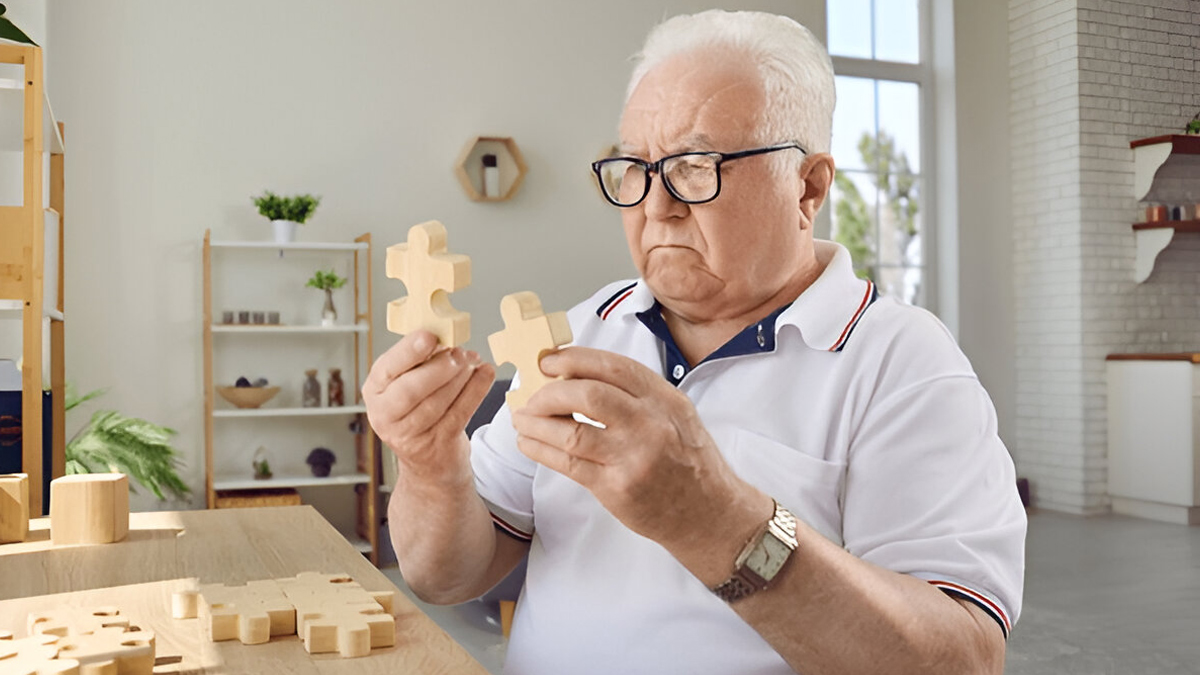
When we talk about stroke recovery, most people think about medications, hospital care, and physiotherapy. What many don’t realise is that there’s something remarkable happening inside the brain itself: neuroplasticity. It's the brain’s way of healing, of finding new routes and making fresh connections to restore function. And timing, in this process, matters more than we previously thought.
Table of Content:-
We spoke to Dr Ramakrishna Chowdhary Y, HOD- Neurosurgery, Arete Hospitals, Hyderabad, who explained neuroplasticity after stroke and the importance of rehab.
What Happens in the Brain After a Stroke?

“After a stroke, a part of the brain, the one affected by the clot or bleed may lose its ability to perform certain tasks. That could mean trouble with speaking, walking, using one side of the body, or even remembering things. The older belief was that these losses were permanent. But we now know the brain is far more dynamic than that,” said Dr Chowdhary.
Neuroplasticity: The Brain’s Adaptation Mechanism
Neuroplasticity is the brain's ability to adapt. When one part is damaged, another part can sometimes compensate by taking over its functions. Although not perfectly, with the right intervention and timing, this rewiring can be encouraged. That's where structured rehabilitation comes in, and it needs to be implemented early.
Also Read: Brain Health Is The New Fitness: Habits That Protect Your Mind For The Long-Term
It’s Not Regeneration – It’s Rewiring
“Neuroplasticity doesn’t mean the brain regenerates like skin or hair. It’s not that the dead tissue comes back to life. Instead, the surrounding brain areas, or even regions on the opposite side of the brain, start to compensate. They begin forming new synapses, new communication lines, trying to take on the lost functions. And here’s the catch, this window of opportunity isn’t open forever,” explained Dr Chowdhary.
The Critical Period: Why Early Rehab Works Better

In the first few weeks after a stroke, the brain enters a hyper-responsive state. It is trying to stabilise, but it is also highly receptive to learning. This phase is known as the "critical period." If rehabilitation begins during this time with focused exercises, speech therapy, and motor training, the results are often significantly better.
Real-Life Impact of Timely Rehabilitation
Patients who begin therapy early are more likely to regain function than those who start late. There are patients who start rehab within the first 7-14 days and show impressive gains, regaining the ability to hold a spoon, speak in full sentences, or walk short distances with assistance. And then there are those who begin a month or more later, once discharged from the hospital, who find the progress much slower. It’s not that they can’t improve, the brain can adapt even months later but the slope of recovery is steeper.
The Role of Mindset in Recovery
“Neuroplasticity isn’t purely physical. It has a psychological side too. It also has a psychological and emotional aspect. A patient who believes they can improve, who’s supported by caregivers, who’s mentally engaged in their therapy, they activate those circuits more strongly. And this engagement, this motivation, seems to encourage even more rewiring,” added Dr Chowdhary.
That’s why stroke care must be holistic. It’s not enough to give a patient a few exercises on a sheet and send them home. They need a multidisciplinary approach – physiotherapists, speech-language experts, occupational therapists, psychologists. And this team needs to work together, starting as early as the patient is stable.
Also Read: Can You Train Your Brain To Be Smarter? Expert Shares How!
Home-Based and Tech-Driven Rehab

In many parts of India, especially in smaller towns, access to such care is limited. Families may not have access to a stroke rehab centre or may not be able to afford multiple specialists. But even basic, guided home-based therapy with proper instruction from a trained professional can make a huge difference if started early.
Technology is also helping bridge these gaps. There are telerehabilitation programs, where patients can consult therapists online. Apps and devices that offer interactive rehab exercises are being used more frequently, particularly for urban patients who can’t travel daily to a hospital. Even simple video calls to check progress and adjust home routines can be effective.
The Awareness Gap: Rehab Can’t Be an Afterthought
One of the biggest hurdles is awareness. Many patients and caregivers aren’t even told that early rehab is so crucial. After discharge, they’re focused on blood pressure control, sugar levels, and medications. Rehab often becomes an afterthought. We need to change that.
Hospitals should ideally include rehabilitation planning in the initial stroke treatment itself. Before discharge, the patient and family should know what needs to be done in the next few weeks, and why it matters. In a way, stroke care doesn’t end when the patient leaves the ICU. That’s when the real recovery journey begins.
Bottomline
Dr Chowdhary concluded, “Neuroplasticity is a powerful force, but it doesn’t work on its own. It needs to be activated, guided, and supported. And the sooner we do it after a stroke, the better the chances for the brain to adapt. In stroke recovery, time is not just brain, it’s also function, independence, and quality of life.”
If someone close to you has had a stroke, don’t delay rehab. Ask your neurosurgeon or neurologist or therapist about starting early. Every day matters. Because the brain is trying to find its way back. And we need to show it the path.
[Disclaimer: This article contains information provided by an expert and is for informational purposes only. Hence, we advise you to consult your professional if you are dealing with any health issue to avoid complications.]
Also watch this video
How we keep this article up to date:
We work with experts and keep a close eye on the latest in health and wellness. Whenever there is a new research or helpful information, we update our articles with accurate and useful advice.
Current Version